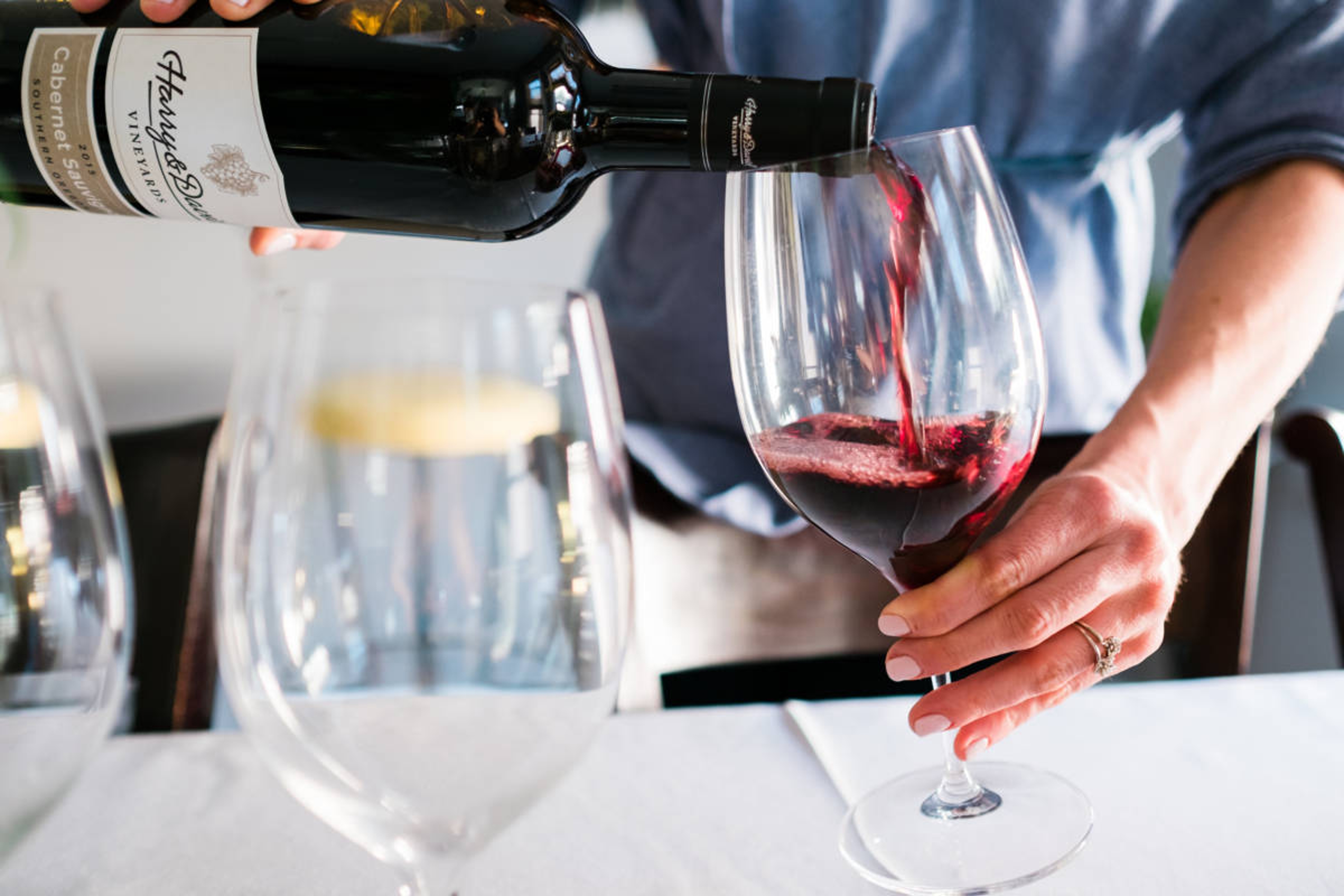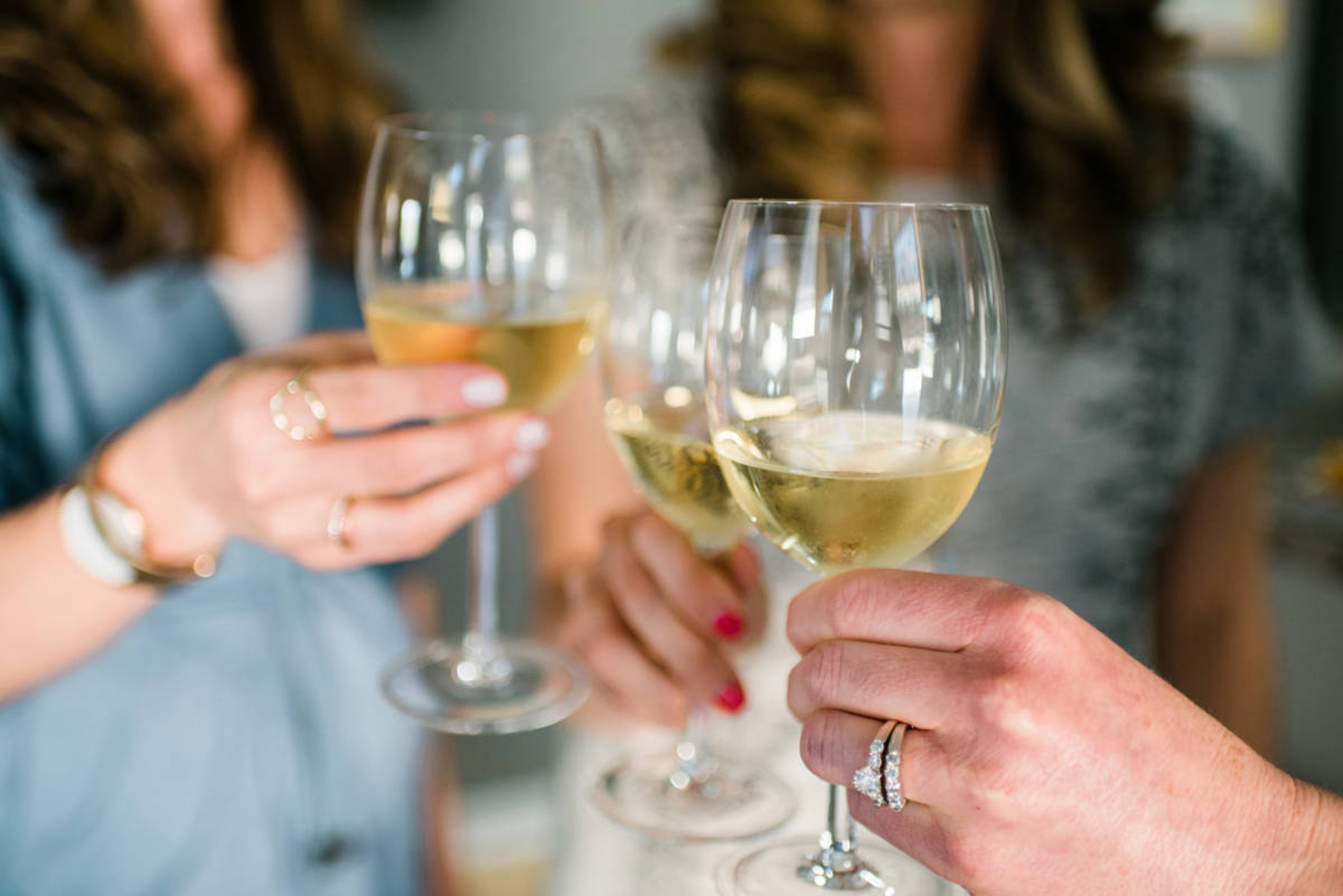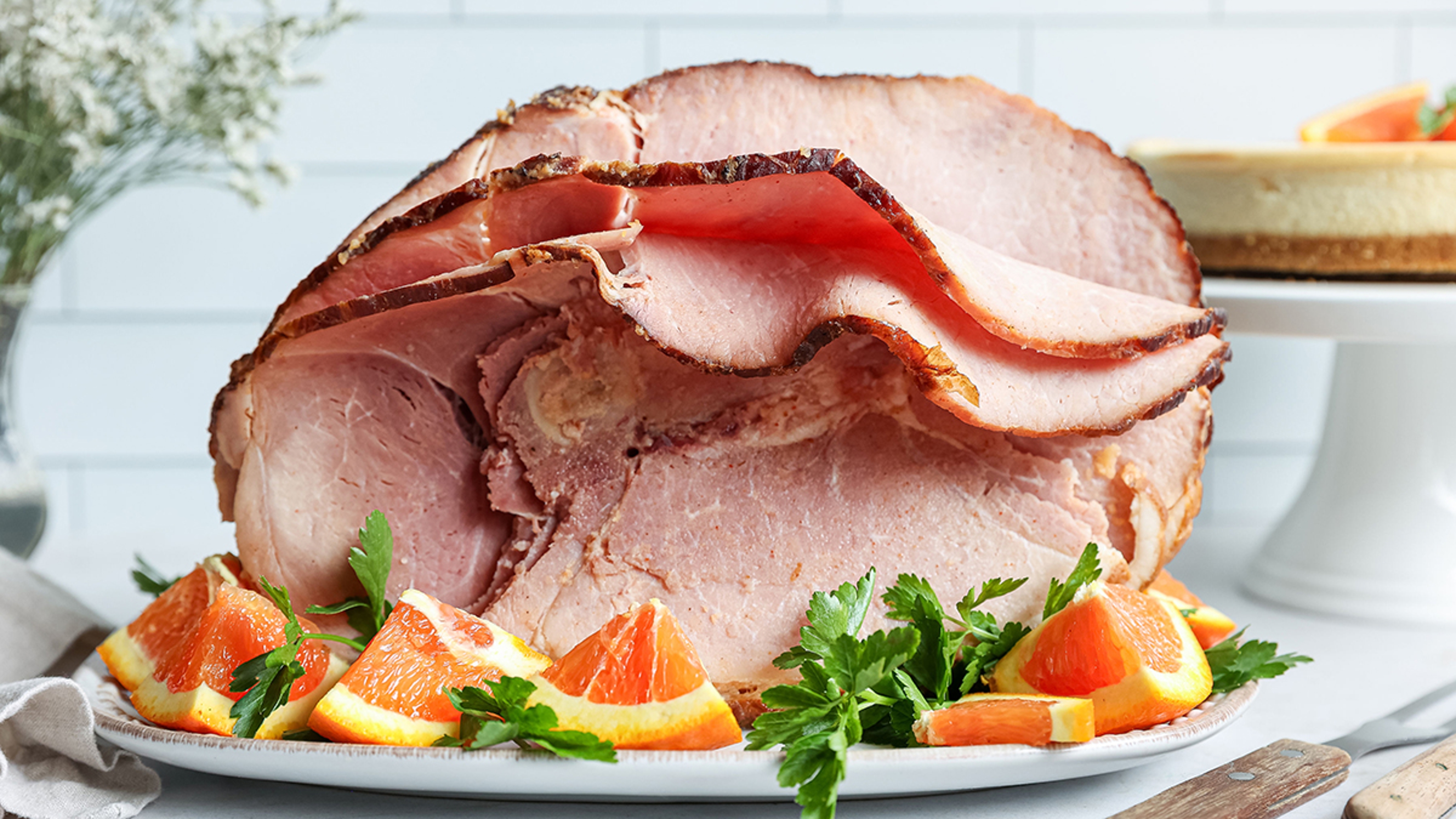Wine Guide: 4 Tips for Wine Tasting Like a Pro
Pour a glass of your favorite wine and get ready to feel like a sommelier at your next gathering.
Dec 17, 2020
There's nothing quite like enjoying a nice glass of wine — but have you ever taken the time to notice the subtleties of what you're drinking? With this guide, you'll learn how to pour, smell, and sip your way to becoming a wine-tasting expert. Get ready to enjoy your dinnertime drink even more or show off at your next wine-pairing party.
Types of wineglasses
There are several different types of wineglasses, and they are distinguished by the size of their mouth, or "bowl." The bowl size brings out nuances and characteristics of a wine, such as its aroma, its tannins, and its alcohol level. There's practically a glass for every type of grape, but you do not need to stock a bevy of stemware. All you really need are these three glasses.
Burgundy glass
Named for the French region that grows chardonnay and pinot noir grapes, the Burgundy glass is the largest of the three. Its wide mouth exposes more of the wine to air, allowing for the oxygen to release the wine's delicate aroma and flavor. Plus, you can get your nose in there for a deep sniff.
Keep this glass on hand for lighter, more delicate red wines, such as pinot noir and nebbiolo from Italy. But you can certainly pour white wine into this type of glass, especially the aforementioned Burgundian chardonnay. The aromatics of a French chardonnay can range from the zippy lime zest of Chablis to the buttery and fleshy fruit-forward notes that an oaky chardonnay from Côte de Beaune would show off beautifully.
Bordeaux glass
This glass is named for the French region that grows the merlot and cabernet grapes, among many others. It’s taller than a Burgundy glass and has a tapered mouth that narrows at the top, focusing the intense smell of bolder and more richly aromatic red wines for the drinker.
White wine glass
A white wine glass is shorter than a red wine glass, and its bowl is U-shaped with a narrow mouth opening. Its more tapered shape preserves the aromatics of the wine and helps maintain the wine’s temperature.
Take a look
The first thing to notice is the color of your wine. Because different varietals come from different grapes, their tints and hues will be different. For example, while sauvignon blanc and pinot gris are both white wines, the sauvignon blanc will be more vibrant with slight green undertones, while the pinot gris, whose name translates as “gray” in French, will be darker and deeper in tone.

If you're drinking a glass of red wine, you'll taste the wine's tannins. Tannins are naturally released compounds released from the skins, seeds, and stems of the grapes and will affect the wine's color and level of dryness. A wine that is more tannic is drier on the palette and dark, deep, and rich in color.
Give it a swirl
Pour just enough wine into the glass so that you can comfortably swirl it. Swirling wine in your glass before you take a sip allows the aromas to rise to the surface. Breathe in and see what notes you can pick out — common ones include fruits, flowers, spices, herbs, and oak. As you notice each new scent, you might also think about the quality associated with it. For example, if you smell fruit, does it have a fresh berry quality? Does it remind you of dried or stewed fruit? Are the spices warm, like cinnamon? Or hotter, like black pepper?

A quick swirl of Harry & David's sauvignon blanc will yield aromas of lemon-lime zest. Or you might also catch a hint of freshly cut grass, which is a flavor note that's associated with sauvignon blanc wines.
Try a taste
After a few swirls and sniffs, you get to the fun part — the wine tasting! Take it slow and allow yourself a moment to swish the wine around in your mouth after your first sip so you can taste every part of it.
If you have chosen a Burgundy glass, its shape directs the wine to the tip of your tongue, where you might notice the wine's lingering sweetness. Or if your wine is a bold cabernet that hits your mouth in the back, how does it feel? Can you taste the dry tannins? Does the darker color feel heavier in your mouth? Experts refer to this wine texture as the body; a full-bodied wine will feel as if it has a bigger presence.
Harry & David's cabernet sauvignon is an excellent example of this. It features a complex flavor profile that starts with plum and blackberry and continues with notes of tobacco, cedar, and dusted cocoa.
Compare the flavors you taste with the ones you smelled. Does anything new stand out? Is anything more obvious or defined? Perhaps you smelled flowers on your first whiff, but how does that translate to your palate?
The last thing you might notice about your wine is "the finish," which refers to both the wine's lingering flavor and texture. What are your impressions? Does the wine seem to lie flat or drop off, leaving no aftertaste? Or does the sensation of the wine remain with you long after you have taken a sip? The longer the texture and taste of the wine remain, such as the crisp minerality of a Greco di Tufo (a southern Italian dry, white wine) or the rich blackberry of a syrah, the better the quality of wine.
.svg?q=70&width=384&auto=webp)







